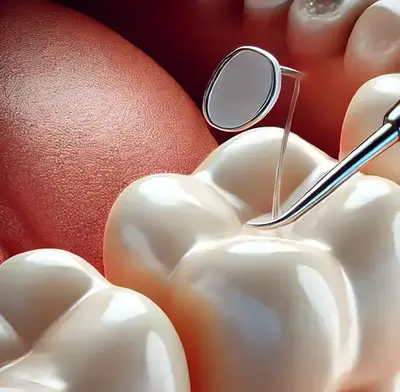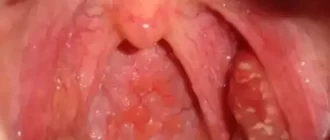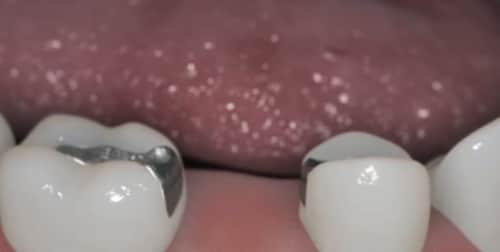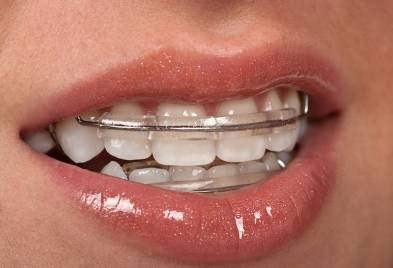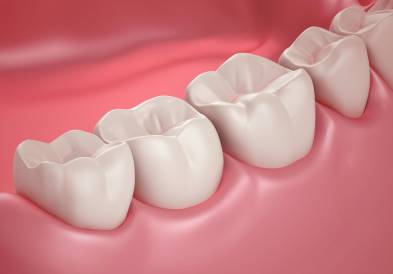Imagine walking into a dentist’s office and leaving without the fear of a drill ringing in your ears or an aching, numbed jaw. This is the vision of minimally invasive dentistry (MID)—an approach that focuses on preserving as much natural tooth structure as possible while preventing disease before it requires drastic measures. Let’s dive into the facts, current trends, and expert opinions that are shaping this gentler yet highly effective field of oral health.
The Philosophy of Minimally Invasive Dentistry
The foundation of minimally invasive dentistry is simple: treat early, preserve, and prevent. Unlike traditional methods that often resort to aggressive drilling and large fillings, MID aims to conserve tooth structure and maintain oral health for as long as possible. This approach revolves around three core principles:
- Early Detection and Risk Assessment
- Remineralization Instead of Drilling
- Conservative Restorative Procedures
The goal is not just to fix cavities but to prevent them from happening in the first place. According to the American Dental Association, 30% of adults develop cavities that could have been prevented with early detection and non-invasive treatment.
What Does Minimally Invasive Dentistry Look Like in Practice?
Sealants, Air Abrasion, and Small Fillings: Traditional dentistry often requires extensive drilling to reach decay. MID uses technologies like air abrasion to clean small areas of decay without the need for the dreaded dental drill. Dental sealants are another technique employed for preventive care, creating a protective barrier over teeth that are more prone to decay.
Remineralization Techniques: Many people don’t realize that early-stage cavities can actually be reversed. Using fluoride treatments and remineralizing agents such as calcium phosphate, it’s possible to heal the damage before it penetrates deeper layers of the tooth. Studies from 2023 show that up to 60% of early-stage lesions can be stopped or reversed without drilling.
Silver Diamine Fluoride (SDF): SDF is a relatively new but highly effective treatment used to halt the progression of cavities, particularly for young children or those who may struggle with more invasive procedures. A 2022 study in the Journal of Dental Research highlighted that SDF halted cavity progression in over 80% of treated patients, making it a powerful, minimally invasive option.
Real-Life Scenario: A Shift in Patient Experience
Consider the case of Lily, a 28-year-old patient from Dallas, Texas. Lily visited her dentist for her routine check-up, where a small cavity was detected on one of her molars. Rather than facing the drill, her dentist suggested a remineralization treatment using a high-concentration fluoride varnish. Within a few weeks, the early decay had remineralized. Lily was thrilled: no drilling, no needles, just a gentle approach that worked.
Dr. Alan Spencer, a practicing dentist for over 25 years, notes that patients appreciate this approach. “Most people want to avoid invasive treatment, especially when it comes to their teeth. Minimally invasive options not only make my patients more comfortable, but they also lead to healthier, longer-lasting outcomes. It’s about maintaining as much of the natural tooth as we can.”
Statistics and Trends: How MID is Changing Dentistry
Growing Adoption of MID: The practice of minimally invasive dentistry is on the rise. In 2018, only 25% of general dental practices employed minimally invasive techniques regularly. By 2023, that number had jumped to 45%, according to a survey conducted by the Academy of General Dentistry. Dentists are increasingly aware that patients prefer less invasive care, and with advancements in technology, more practices are making the switch.
| Year | Percentage of Practices Using MID |
|---|---|
| 2018 | 25% |
| 2020 | 32% |
| 2023 | 45% |
Common Procedures in Minimally Invasive Dentistry
| Procedure | Average Cost (USD) | Benefits |
|---|---|---|
| Air Abrasion for Decay | $150 – $300 per tooth | No drilling or noise |
| Silver Diamine Fluoride | $50 – $75 per application | Stops decay without fillings |
| Dental Sealants | $30 – $60 per tooth | Prevents cavities effectively |
| Remineralization Agents | $25 – $100 per treatment | Reverses early decay |
These procedures are generally more affordable than traditional fillings or crowns, and they avoid the secondary issues that often come from aggressive drilling, such as tooth sensitivity or the need for future restorations.
A Focus on Prevention: What Can You Do?
The success of minimally invasive dentistry depends as much on patient habits as it does on dental technology. Preventive measures are crucial for avoiding the need for more invasive procedures. Here are some habits that support the philosophy of MID:
- Regular Dental Checkups: Visiting your dentist twice a year allows for early detection of any potential issues.
- Dietary Changes: Limiting sugary foods and acidic drinks can help reduce the risk of tooth decay.
- Quit Smoking and Alcohol: Complete cessation from smoking and alcohol is vital. Smoking reduces blood flow to the gums and makes it difficult to maintain oral health, while alcohol can contribute to dry mouth and decay.
- Good Oral Hygiene: Brushing twice a day with fluoride toothpaste and flossing daily to remove plaque buildup is the foundation of good oral health.
Expert Insights: Why Less is Often More
Dr. Karen Lee, a preventive dentistry specialist, believes that minimally invasive dentistry is changing the way we view oral health. “For decades, the solution to dental decay was to drill and fill. But that’s changing as we learn more about how the body can repair itself, given the right support. A small cavity doesn’t have to mean losing a significant part of your tooth forever.”
Patients often feel a sense of relief when they realize that a modern approach to dentistry doesn’t necessarily mean aggressive treatments. With advances like 3D imaging for early diagnosis and biocompatible materials that encourage natural healing, MID is a step forward in compassionate, patient-centered care.
Editorial Team Advice: Embrace the Gentle Revolution
Minimally invasive dentistry is here to stay, and for good reason. It offers a gentler, more sustainable approach to maintaining oral health, with fewer risks and more natural outcomes. If you’re someone who has avoided the dentist out of fear of the drill, consider looking for a practitioner who offers minimally invasive options. It’s time we rethink the way we care for our teeth—less intervention, more prevention, and a healthier smile for years to come. Don’t wait until it hurts; proactive care is the best care.
